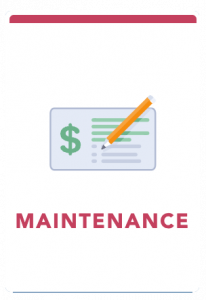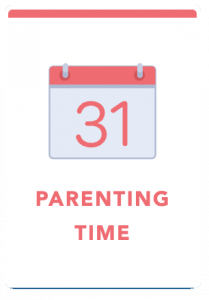Why It’s Important to Keep a Record
Often times, a court orders your payments made payable to the Family Support Registry (FSR). The FSR then distributes the payment to the obligor. The FSR keeps track of the date and amount of your payment. However, it is not always clear as to whether your payment was for child support or spousal maintenance. Missing just a few payments can cause you severe frustration several years down the line.
For instance, assume you and your spouse or significant other have a child together. Further, assume that soon after your child is born, your relationship becomes tumultuous, and the two of you decide to separate. Depending on several factors used to calculate child support, it’s likely that one party will be required to pay the other a child support payment each month. You could pay twice per month depending on the amount. To put this into perspective, if you pay child support for 19 years, that is 228 monthly payments or 456 bi-monthly payments.
The sheer number of payments is one reason why it is imperative that both the obligor and obligee keep a record of each payment made, including, but not limited to:
- Date of payment,
- Copy of the form of payment, such as a check, wire transfer, or money order,
- Address if mailed,
- Date cashed, if traceable, and
- Whether that specific payment was for child support or spousal maintenance.
Keeping track of what the payment was for is essential, due to the high-interest rate imposed for missed child support and spousal maintenance payments. Child support interest is higher, 12% currently, compounded monthly. C.R.S. § 14-14-106 (2008). Interest applied to unpaid spousal maintenance is 8%, compounded annually. C.R.S. § 5-12-101 (2008).










